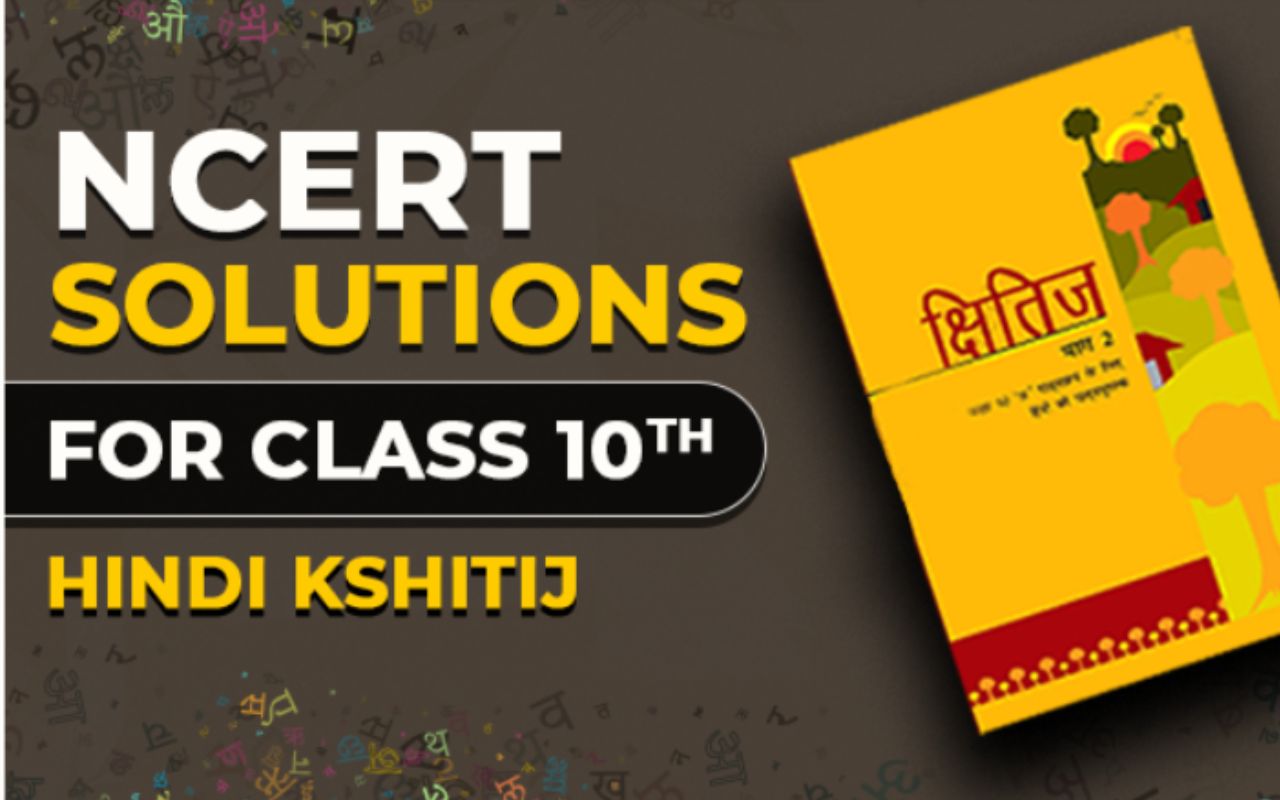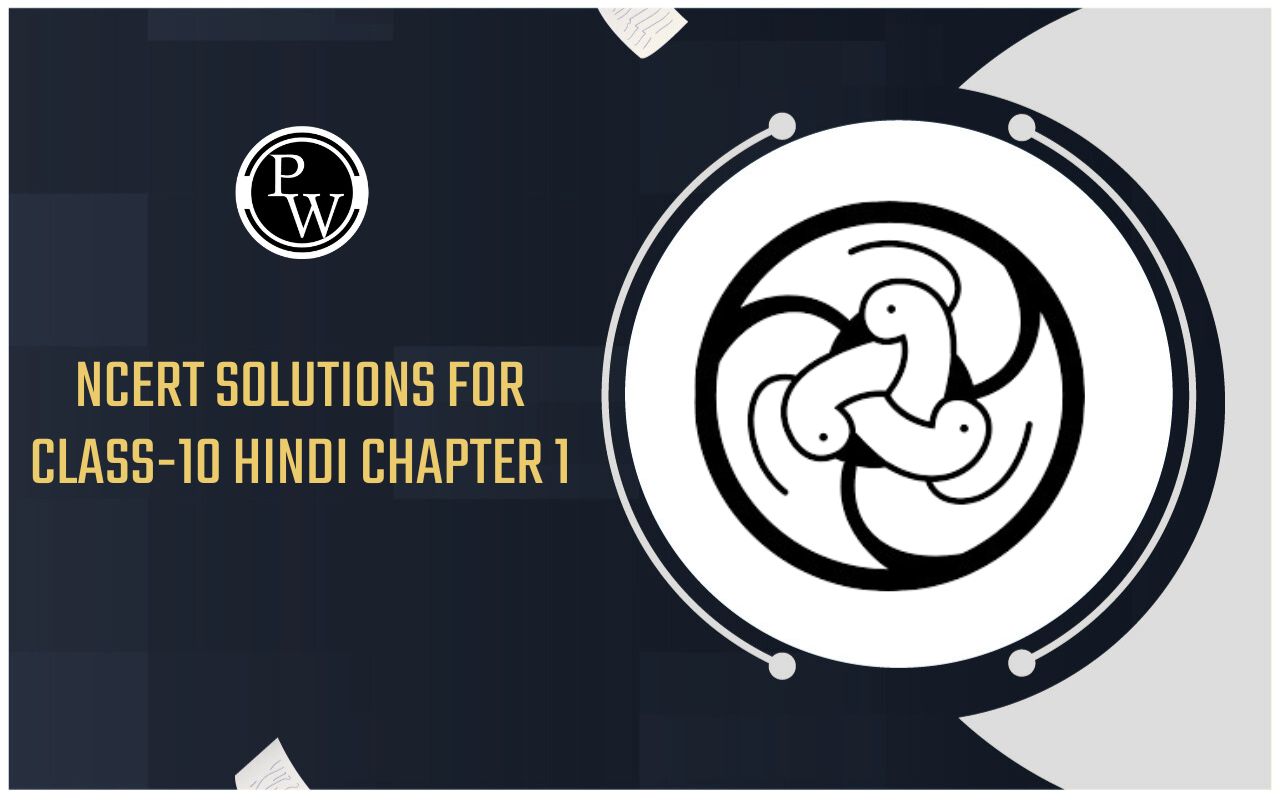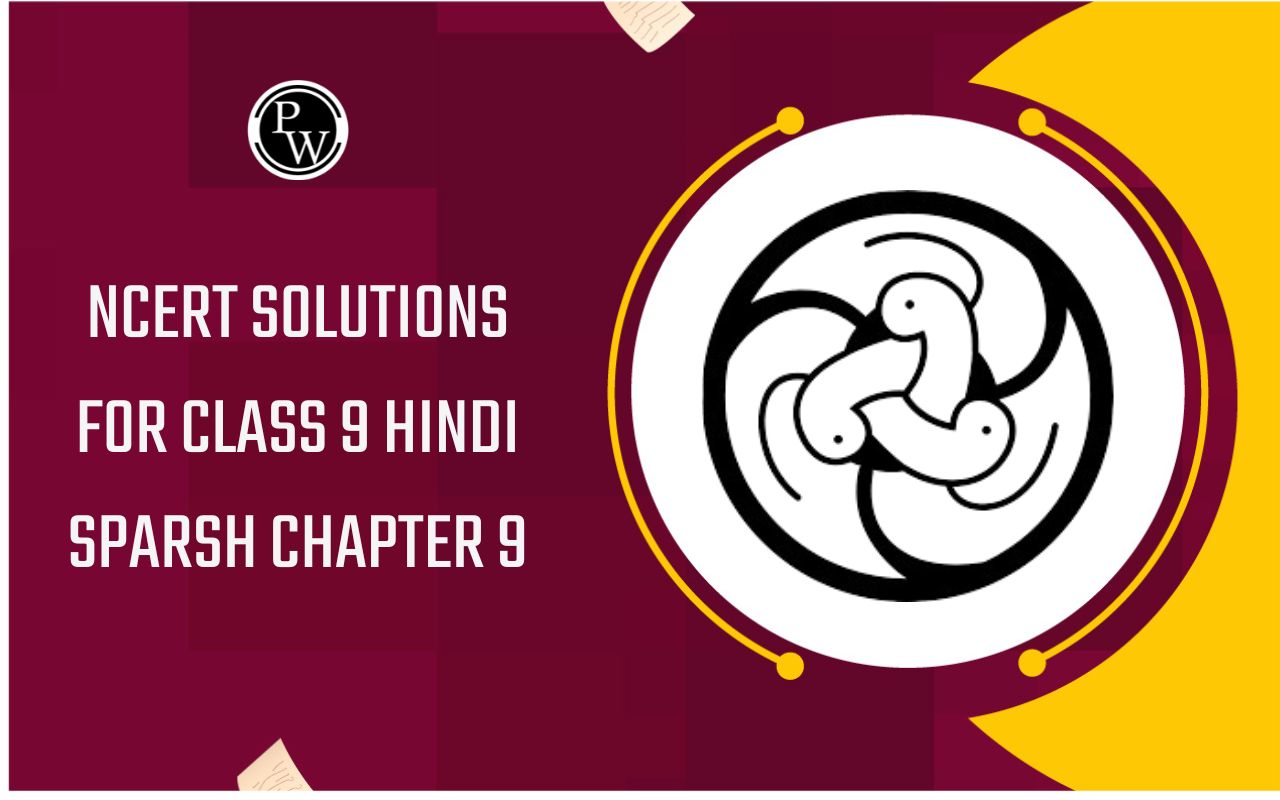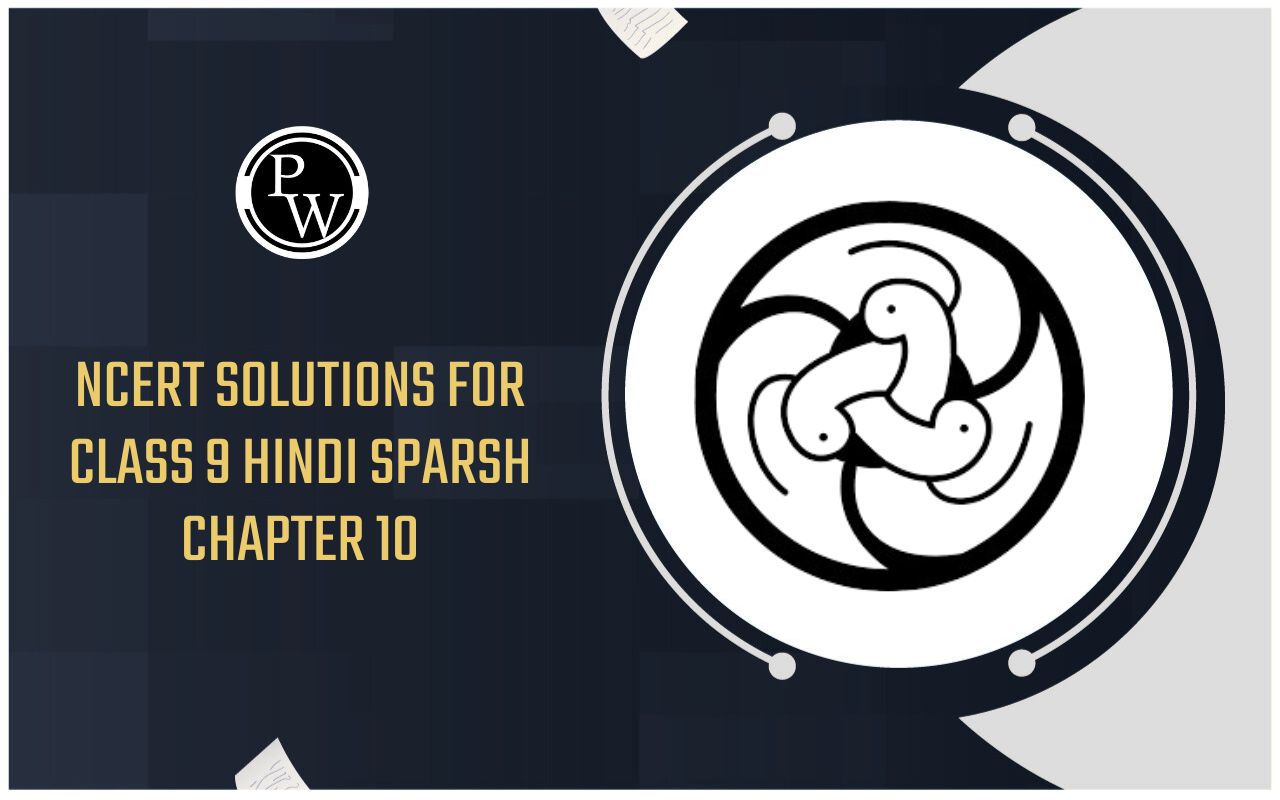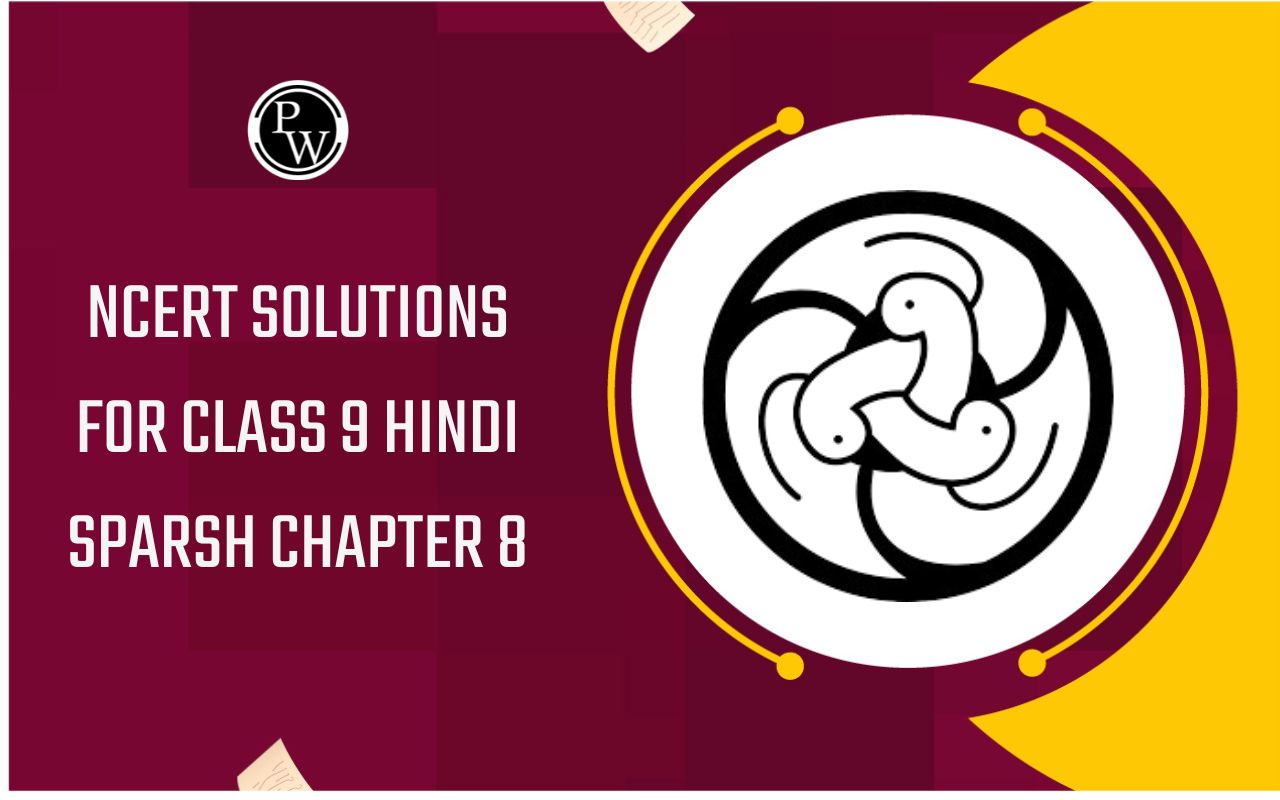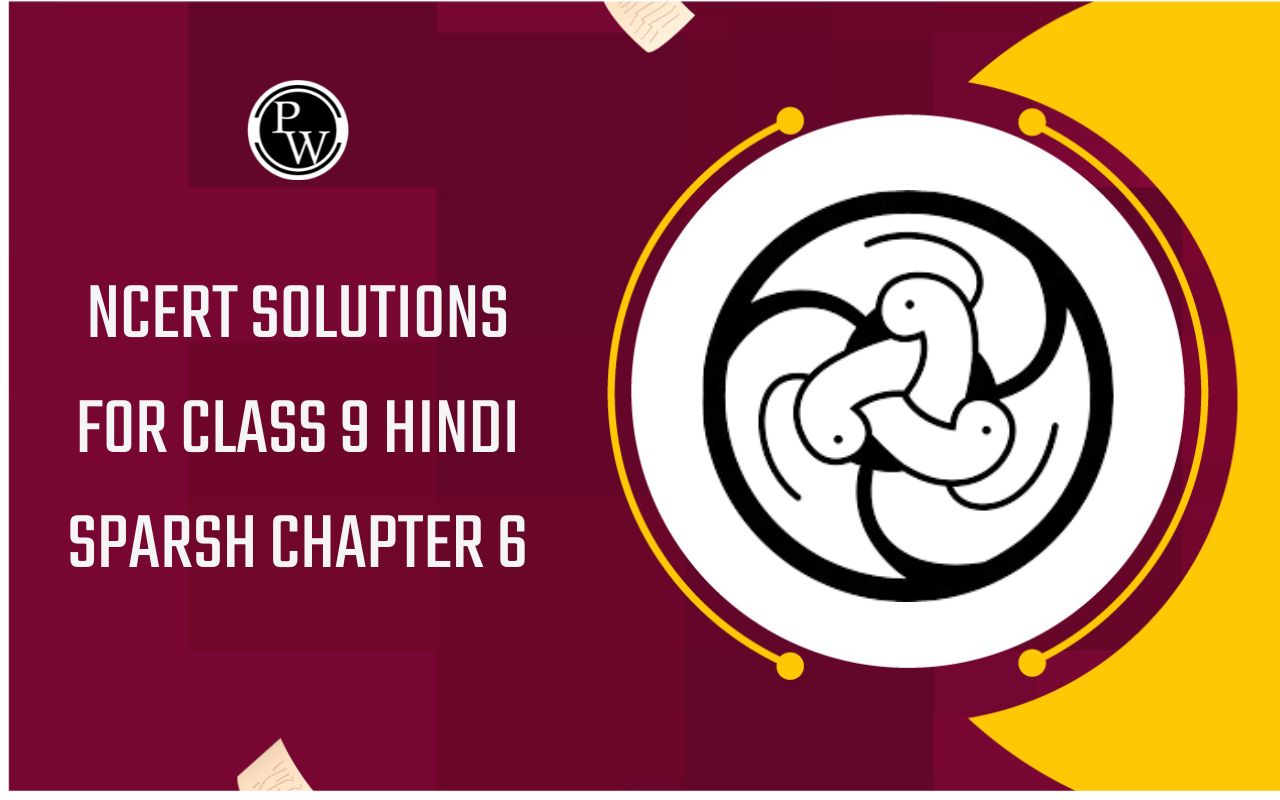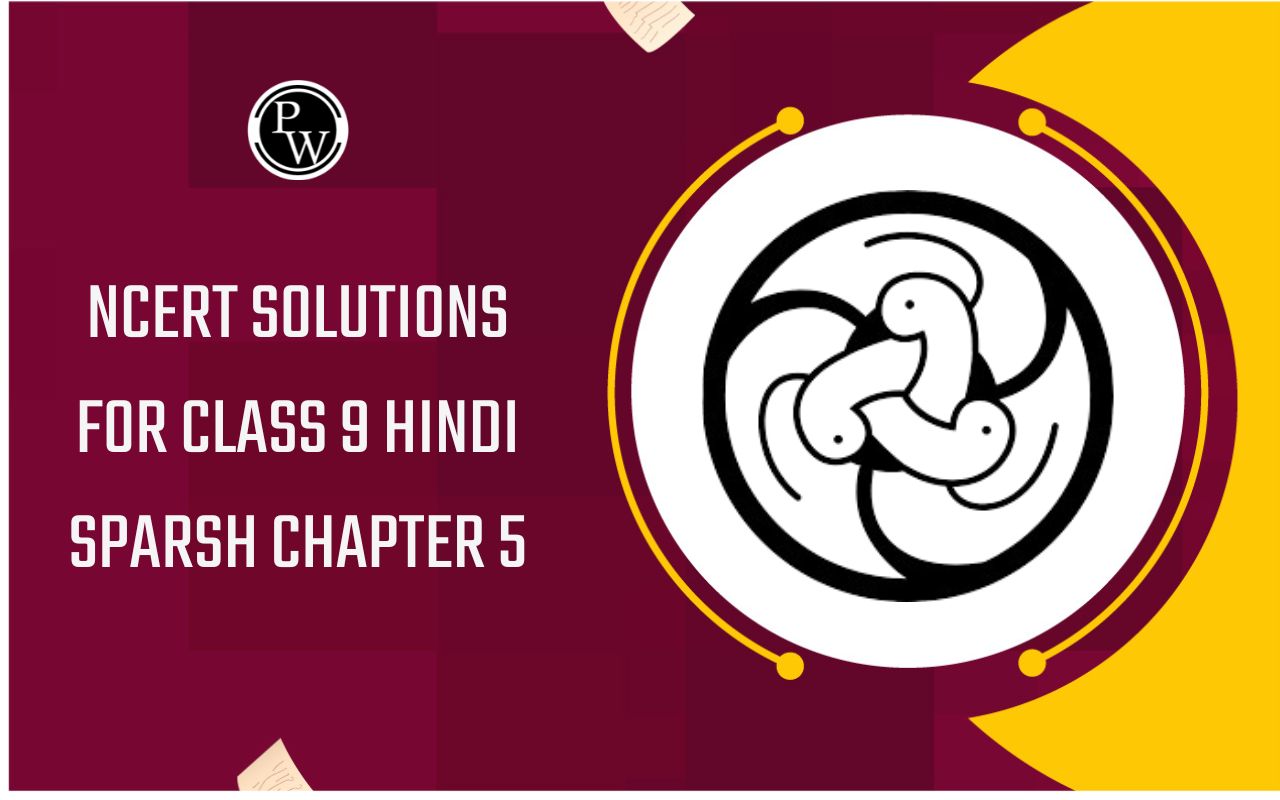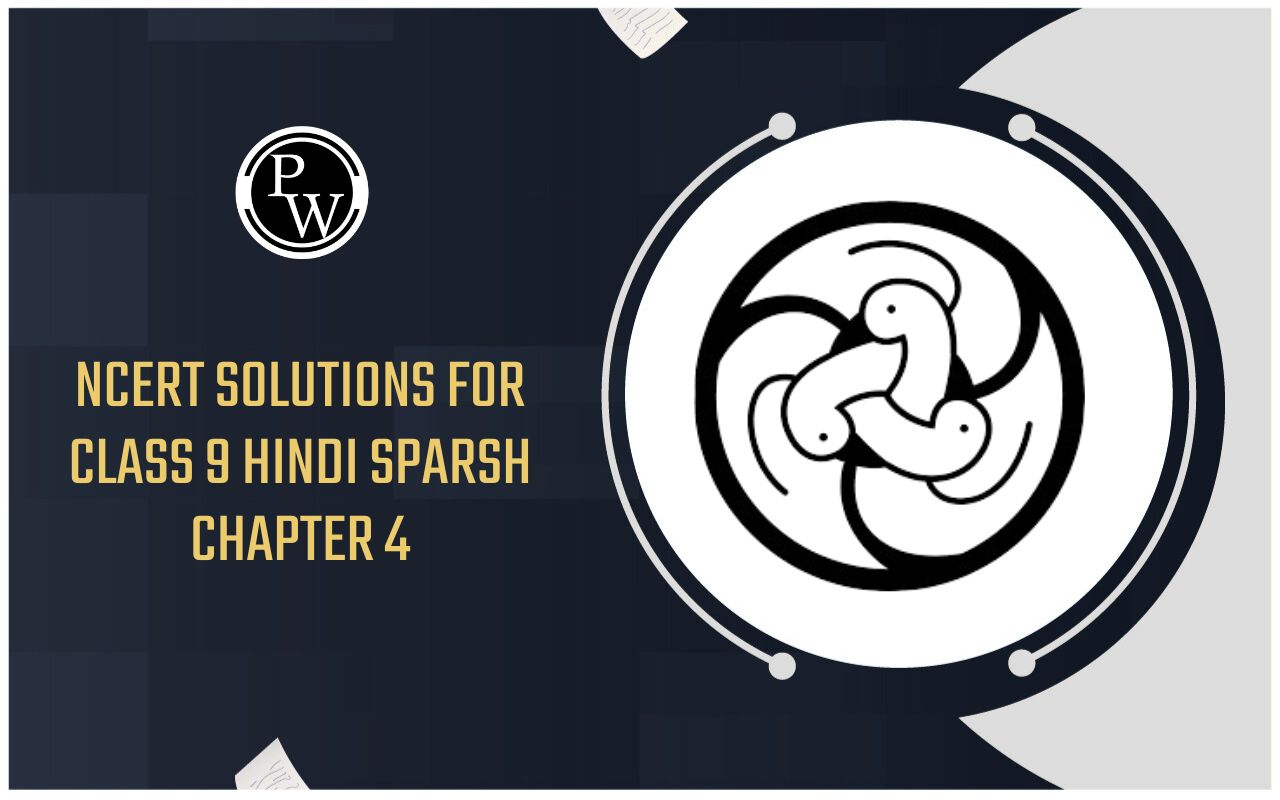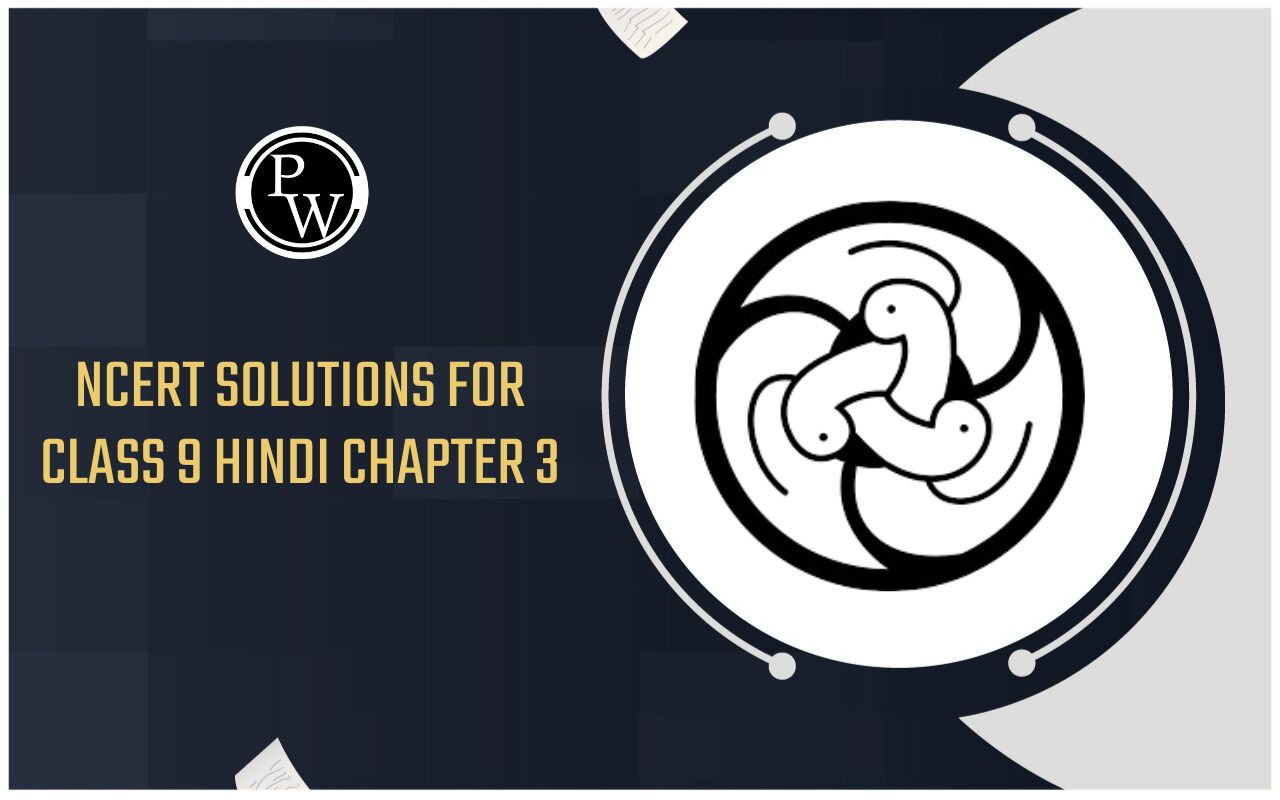
Material and its Classification
Sorting Materials into Groups of Class 6
Materials
Anything which has mass and occupies space is called matter. The matter of which an object is made is called material. All the objects are made up of one or more materials. For examples, table is an object which is made of wood, so wood is a material. Similarly, nails are made of iron, so iron is also a material. Some of the examples of materials are: Wood, Glass, Metals (such as Iron, Aluminium, Copper, Silver, Gold), Steel, Stainless steel, Plastics, Paper, Rubber, Leather, Canvas, Concrete, Cotton, Wool, Silk, Nylon, Polyester, Cement, Sand, Sugar, Water, Soil, etc. Materials are of two types: natural materials and man-made materials.
(i) Some examples of natural materials (or naturally occurring materials) are: Wood, Coal, Rocks, Minerals, Water, Gold, Petroleum, Cotton, Wool, Silk, Leather, Sand and Soil.
(ii) Some examples of man-made materials are: Iron, Stainless steel, Cement, Glass, Plastics, Paper, Paints, Nylon. Polyester, Sugar and Brass.
In our everyday life, we use many objects made of natural and man-made materials. Please note that:
(i) The same object may be made of different materials.
(ii) Many kinds of objects can be made of the same material. and
(iii) Many objects are made up of a combination of materials.
This will become more clear from the following examples.
Tumbler is an object which we use in our daily life. A tumbler can be made of different materials like plastic, glass, stainless-steel brass and silver. We are giving below the names of five more objects each of which can be made of different kinds of materials.
|
Objects |
Materials |
|
1. Chair 2. Clothes 3. Coins 4. Utensils 5. Shoes |
Wood, Metal, Plastic, Concrete Cotton, Wool, Silk, Nylon, Polyester Copper, Silver, Gold Iron, Copper, Aluminium, Silver, Stainless steel Leather, Rubber, Plastic, Canvas |
Plastic is a material. This plastic can be used to make different kinds of objects. For example, plastic can be used to make different objects like ruler, tumbler, mug, bucket, pipes, lunch-box, toys and tooth brush. We are listing below the name of many more materials and the different objects which can be made out of these materials.
|
Materials |
Objects |
|
1. Wood 2. Glass 3. Iron 4. Copper 5. Aluminium 6. Paper 7. Cotton 8. Leather |
Table, Chair, Door, Windows, Book-rack Tumbler, Mirror, Window-pane, Test-tube, Beaker Nails, Buckets, Machines, Pipes, Utensils Electric wires, Utensils, Coins, Boilers Electric wires, Utensils, Paints, Window-frames Books, Note-books, Newspaper, Calendars, Envelope Fabrics, (Cloth), Pillows, Mattresses, Quilts, Wicks Shoes, Bags, Purses, Suitcase Sofa |
Many objects are made up of a combination of materials. For example, biscuit is an object which is made by the combination of three materials: white flour (maida), sugar and oil (or ghee). We are listing below five more objects which are made by a combination of different kinds of materials.
|
Objects |
Constituent materials |
|
1. Tea 2. Vegetable curry 3. Dry cell 4. Concrete 5. Ball-pen |
Water, Tea-Leaves, Sugar, Milk Vegetable, Salt, Spices, Oil, Water Zinc container, Graphite rod, Chemicals Cement, Gravel, Sand Water Plastic, Metal, Ink |
We will now answer one question based on the objects and the materials of which they are made.
Sample Problem, Match the objects given below with the materials from which they could be made (Remember, an object could be made from more than one material):
|
Objects |
Materials |
|
Book Tumbler Chair Toy Shoes |
Glass Wood Paper Leather Plastics |
Answer. The correct match is as follows:
|
Objects |
Materials |
|
Book Tumbler Chair Toy Shoes |
Paper Glass, Plastics Wood, Plastics Plastics, Wood Leather, Plastics |
properties of materials
We make many objects which are used for various purposes in homes, transport and industry. These objects are made of one or more materials. Different materials have different properties. So, we choose suitable for eh purpose for which the object is to be used. For example, all these materials have a property of holding water (or other liquids). We cannot make tumbler out of a piece of cloth because a piece of cloth cannot hold water. Water will just leak out of a piece of cloth ! Similarly, we make cooking utensils of materials such as copper, aluminium or stainless steel, etc., because these materials can conduct heat well. We do not make cooking utensils of paper-like materials because they will burn out as soon as they are kept on a burning gas stove.
We use gold metal for making ornaments because it has a shiny appearance (or lustre). We use steel for making buildings and bridges because it is very hard and strong. We use cotton wool (rui) for filling pillows because it is very soft. We use wood for making boats because it floats on water. We use clear glass for making window-panes because it is transparent and we can see through it. We use ground-glass for making windows of bathrooms because it is translucent and nothing can be seen clearly through it. And we used bricks for making walls of our house because they are opaque and nothing can be seen through them. We will now use the different properties of materials to classify them into various groups.
Classification of Materials
The materials are classified on the basis of certain properties such as:
(i) Appearance (Shiny or Dull)
(ii) Hardness or Softness
(iii) Solubility or Insolubility in water
(iv) Heaviness or Lightness with respect to water
(v) Transparency, Translucency or Opaqueness
We will now discuss all the different methods for the classification of materials in detail, one by one.
1. Classification of Materials on the Basis of their Appearance
If we look at a gold ornament, we find that it has a shiny appearance. In science, the shiny appearance is indicated by the term ‘lustre’. So, gold is said to have lustre ( chamak ). On the other hand, if we look at a piece of wood, it does not have a shiny appearance. Wood does not have lustre ( chamak ). Wood has a dull appearance. Thus, some materials have a shiny appearance whereas other materials do not have a shiny appearance. So, on the basis of their appearance, all the materials are classified into two groups.
(i) Materials having lustre (or shiny appearance), and
(ii) Materials having no lustre (or dull appearance).
Those materials which have shiny appearance are said to have lustre. All the metals like gold, silver, copper, aluminium, and iron, etc., are the materials having shiny appearance (or lustre). Some metals (like iron, copper, and aluminium, etc.) often lose their shine and appear dull due to the action of air and moisture on their surface. So, we should look for lustre only on the freshly cut surface of such metals or after rubbing their surface with a sand paper. The examples of materials having lustre or shine are: Metals (such as Gold, Silver, Copper, Aluminium and Iron), Metal alloys (such as Steel, Stainless steel, Brass, etc.) and Diamond. All the objects made of metals, their alloys and diamonds also have shiny appearance or lustre. For example, a steel spoon has lustre or shiny appearance. The objects made of cut-glass also have lustre or shiny appearance. Even a glass bowl has shine on its surface.
Those materials which have dull appearance are said to have no lustre (no shine). The examples of materials having dull appearance (without lustre or shine) are: Paper, Cardboard, Wood, Chalk, Cotton, Plastic, Rubber, and Sand. All the objects made from these materials will also have dull appearance.
Sample Problem. Find the odd one out form the following: Aluminium, Iron, Copper, Silver, S and
Answer. Aluminium, iron, copper and silver are all metals having a shiny appearance or lustre. On the other hand, sand is a material which has dull appearance having no shine or lustre. So, the odd one is sand.
2. Classification of Materials on the Basis of Hardness and Softness
If we press a piece of iron metal with our hands, we will find that it cannot be compressed at all. A piece of iron can also not be cut, bent or scratched easily. We say that iron is a hard material. In other words, iron has the property of hardness. On the other hand, if we press a piece of sponge between our hands, we will find that it can be compressed easily into a smaller size. A piece of sponge can also be cut, bent or scratched easily. We say that sponge is a soft material. In other words, sponge has the property of softness.
All the materials can be divided into two groups on the basis of their hardness or softness:
(i) Hard materials, and
(ii) Soft materials.
Those materials which cannot be easily compressed, cut, bent (moulded) or scratched, are called hard materials. Some of the examples of hard materials are: Iron, Steel, Wood, Stone, Brick, Glass, Bones, Teeth, and Diamond. Diamond is the hardest natural material known.
Those materials which can be easily compressed, cut, bent moulded), or scratched, or scratched, are called soft materials. Some of the examples of soft materials are: Sponge, Cotton, Wool, Foam rubber, Candle wax, Butter, Chalk, Clay, Flour, Feathers, Skin and Tomato.
3. Classification of Materials on the Basis of Their Solubility in Water
Water dissolves a large number of materials but it cannot dissolve all the materials. Thus, some materials are soluble in water whereas other materials are insoluble in water. So, all the materials can be classified into two groups on the basis of their solubility.
(i) Materials which are soluble in water, and
(ii) Materials which are insoluble in water.
We will understand this classification more clearly by performing some activities.
We will now discuss the solubility of gases in water. Some gases dissolve in water whereas other gases do not dissolve in water. In other words, some gases are soluble in water whereas other gases are insoluble in water. Oxygen gas dissolves in water. That is, oxygen gas is soluble in water. The plants and animals which live in water use the oxygen dissolved in water for respiration. Thus, oxygen gas dissolved in water is very important for the survival of animals and plants that live in water. Carbon dioxide gas also dissolves in water. That is, carbon dioxide gas is also soluble in water. The plants which live in water use the carbon dioxide dissolved in water for the process of photosynthesis. There are, however, some gases which do not dissolve in water. The two examples of gases which do not dissolve in water (or which are insoluble in water) are: nitrogen and methane (or marsh gas). Let us answer some questions now.
4. Classification of Materials on the Basis of Their Heaviness or Lightness With Respect to water
Some materials are heavier than water whereas other materials are lighter than water. In science, the heaviness or lightness of material is indicated by the term ‘density’. A substance which is heavier than water is said to have higher density than water whereas a substance which is lighter than water is said to have lower density than water.
All the materials can be classified into two groups on the basis of their density:
(i) Materials which are heavier than water, and
(ii) Materials which are lighter than water.
In order to find out whether a material is heavier than water or lighter than water, we put a piece of the material in a vessel containing water:
(i) The material which sinks in water is heavier than water.
(ii) The material which floats on water is lighter than water.
5. Classification of Materials on the Basis of Transparency, Translucency and Opaqueness
The property of a material due to which we can see through it clearly is called transparency, the property of a material due to which we cannot see through it clearly is called translucency, and the property of a material due to which we cannot see through it at all is called opaqueness.
All the materials can be divided into three groups on the basis of transparency, translucency and opaqueness:
(i) Transparent materials.
(ii) Translucent materials, and
(iii) Opaque materials.
We will now discuss these three types of materials, one by one. Let us start with transparent materials.
Those materials through which we can see clearly are called transparent materials. For example, we can see clearly through a glass window, so glass is a transparent material. The transparent materials allow almost all the light to pass through them due to which the objects behind them can be seen clearly. Some of the examples of transparent, Groundnut oil. Alcohol, etc. Transparent materials are called ‘ paradarshi’ in Hindi.
We can see clearly through transparent materials. For example, if we look at a burning candle through a sheet of clear glass, we can see the candle and its flame clearly. This is because the transparent glass sheet allows all the light coming from the candle and its flame to pass through it and reach our eyes. The window-panes in our homes are usually made of transparent glass. Our spectacle glasses are also transparent. The glass tumbler in our kitchen is also a transparent object. The test-tubes, beakers and flasks in the science laboratory are all transparent objects. The shopkeepers usually keep the sweets, biscuits, toffees and chocolates, etc., in transparent containers made of glass or plastic so that customers can see these items easily. If we look at a swimming pool filled with clean water, we can see its bottom clearly through water. This shows that water is a transparent material. We are all surrounded by air around us. Since we can see the things around us through air, so air is also a transparent material.
Those materials through which we cannot see clearly are called translucent materials. For example, we cannot see clearly through the ground glass window of our bathroom, so ground glass is a translucent material. Translucent means semi - transparent . The translucent materials allow only a small amount of light to pass through them due to which the objects behind them cannot be seen clearly. Some of the examples of translucent materials are: Ground glass, Butter paper (Tracing paper), Oiled paper, Tissue paper, Muddy water and Clouds. Translucent materials are called ‘ ardhapardarshi ’ in Hindi.
We cannot see clearly through a translucent material. For example, if we look at a burning candle through a piece of ground glass (or butter paper), we can see only a dim light of the candle. We can neither see the candle itself nor the candle flame clearly through the ground glass (or butter paper) which are translucent materials. The windows of bathrooms in our homes are made of translucent material called ground glass so that through some outside light may enter the bathroom but nothing is visible clearly from outside.
Those materials through which we cannot see at all, are called opaque materials. For example, we cannot see through a sheet of cardboard, so cardboard is an opaque material. The opaque materials do not allow any light to pass through them due to which the objects kept behind them cannot be seen at all. Some of the examples of opaque materials are: Cardboard, Wood, Metals, Brick, Stone, and Book, etc. An opaque material is called ‘ apardarshi ’ in Hindi.
We cannot see anything through an opaque material. For example, if we look at a burning candle through a piece of cardboard held in front of our eyes, we cannot see anything at all. This is because cardboard (being opaque) does not allow the light of candle flame to pass through it and reach our eyes. We cannot tell what is kept in a wooden box, a cardboard carbon or a metal container because all these objects are made of opaque materials. We can also not see behind a wall because it is made of opaque material called bricks.

